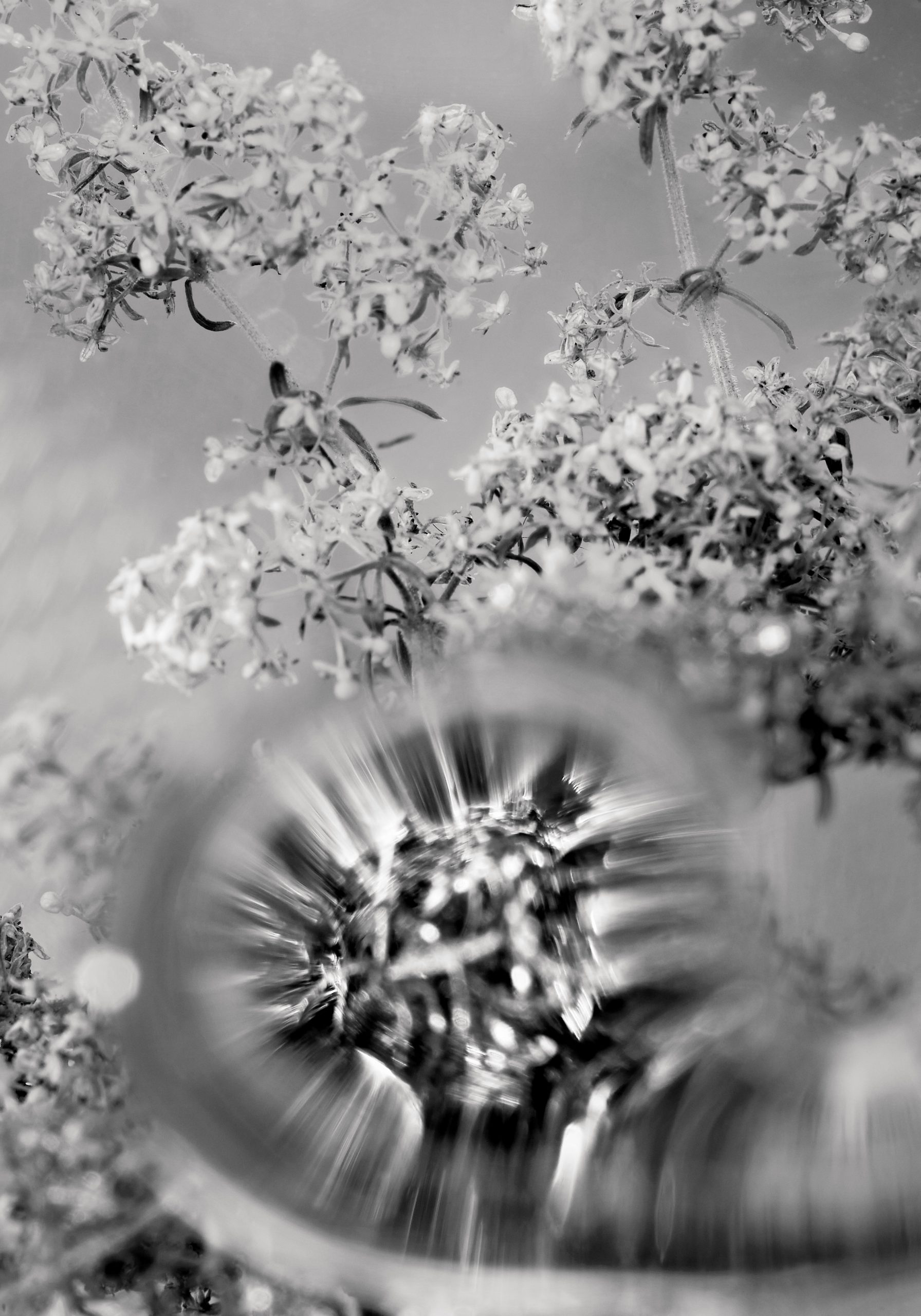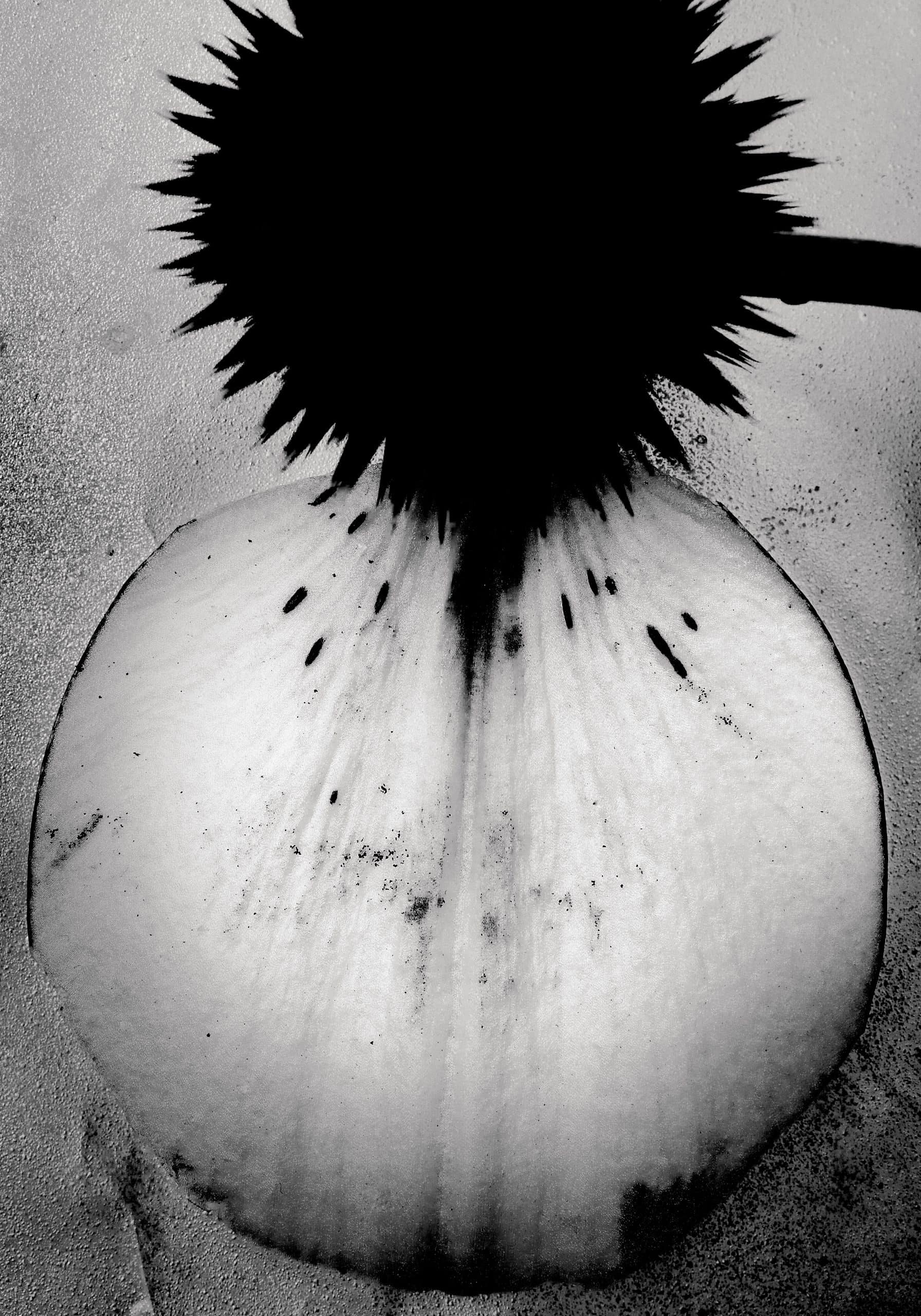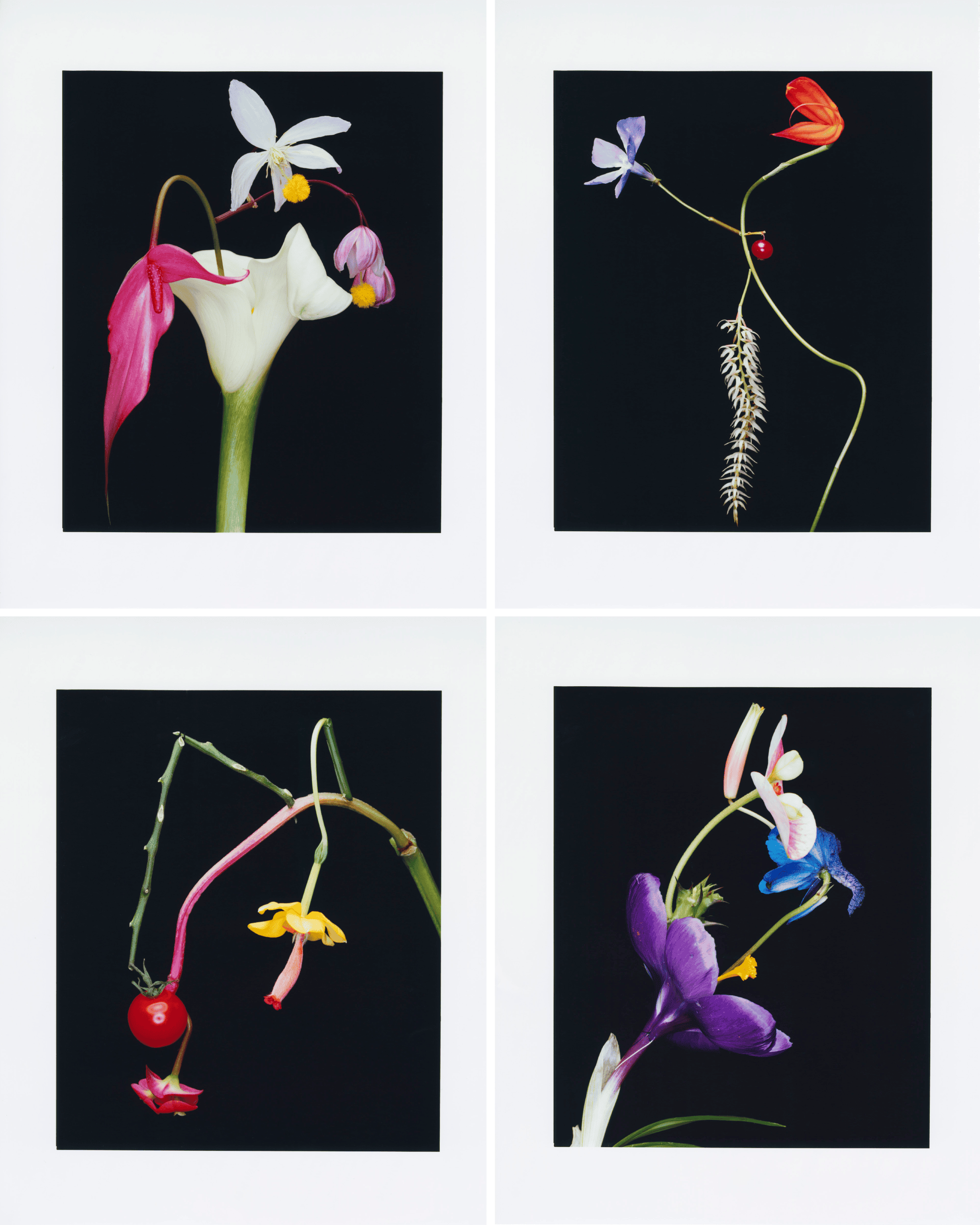Meet Aline Joana Rüede, the founder of Studio Végété. A platform providing visual services exploring the worlds of flora and fauna, through the art of image making. Based between Paris and Zurich, Rüede, a physical therapist turned floral conceptualist and photographer, created Studio Végété to express her passion for flowers through her blended desire of creative expression and the arts; drawing inspiration from the small overlooked moments of our daily lives as well as more specific interests such as fonts, sculptures, and her long-lived passion of botany. Studio Végété’s extensive body of work consists of visually compelling imagery that comes from Rüede’s in-depth experience in material research through observation and testing merged with her lustrous outlook on floral decadence.
Layering, building, and reconstructing are all part of the process for Rüede but how can Noia influence the eccentric world of Studio Végété?
Nisha Kapitzki: Would you agree that Noia sparks creativity?
Aline Joana Rüede: That is a good question. I don’t know if I would fully agree because I don’t think you really have to be bored to spark creativity. But for me, it is to create an environment that you feel good in, that you can also take a break in; maybe people would describe that as Noia. Nowadays, there are so many things going on, so for me it is very important to rest, be alone and have time to do things that aren’t related to work, which can be difficult to do. This too could be described as Noia, as we are not used to having this sort of time to ourselves but in a way this may not be perceived as the classical boredom but rather to have calmness around you, which is the nicer way. So, to be in a state where you can understand what you want to do and hear your thoughts.
NK: Is this something you experience often and can it be visible through your work? Has Noia ever inspired you?
AJR: I think it is something that I try to incorporate. I work between two cities, Paris and Zurich, which gives me this possibility to be sometimes ambiguous and undercover, during the transitional times switching between the cities. No one knows where I am and only I can decide if people know. This switch between the cities opens up this little duration of time where I truly am alone. Experiencing this made me realise I like to not tell people when I switch cities for about two days. I like to isolate myself, which allows me to really concentrate on my work. This is really something I feel I do naturally to give me a break from social things and other elements that impact my work.
NK: Take me through the studio’s process of creativity and when it comes to creating these visuals.
AJR: The creative process is quite different depending on the project. I naturally start sketching when I start to work. When I have a project that is specifically for a client, I know some of the specifications, so I start by choosing the flowers and materials that I will work with based on the guidelines of the project. It always starts with a little spark from the materials I explore. But when I work for myself, I am more open to see what happens. I directly test out the materials to see what comes up, as I feel you can really develop a good connection with the materials if you have it in your hand, which helps me a lot. I find this the most beautiful part of my work. I really appreciate getting to know the materials, like smelling the flowers instead of figuring things out behind a laptop. So the process starts straight away with materials, sketching and then into collecting feedback from people that work in different fields, and lastly to adapt. But if it is a personal project, sometimes I explore an idea for almost one year and then execute it super fast.
NK: Studio Végété’s body of work consists of very visually striking images, specifically through the use of still life compositions in somewhat of an unconventional way. What inspires you and how do you come up with the styling and placements of these elements?
AJR: It often happens in the moment, but I have a lot of photographers that I like. Not necessarily for their visual aspects, but for their meanings and the conceptual reasonings behind the works. For example, Nobuyoshi Araki, he is a Japanese photographer that I really love. He can turn a flower into something sexual but also turn it into something very sensitive. He has this capability to turn one object into different facets. With his stories, one can look at the photos in a visual way, perhaps perceiving it as a nice picture with beautiful lighting, but if the viewer wanted to dig deeper, one could understand that everything he does has a much deeper meaning. One story that he did was about the death of his wife. At first glance of this project, one would not perceive this. It is really well done. I appreciate when someone tells a story through their work but it is the observer that decides how deep they want to go with the piece. This is something that inspires me a lot. Another photographer, Jean Painlevé, whose photography is more of a service to understand the botanical world rather than the focus. Next to him I love the playful mindsets portrayed by Fischli & Weiss as artists. As well as, Darren Bader in terms of use of language and text and lastly, Taryn Simon’s work on flowers was amazing, so conceptual. My inspirations don’t always come from photography, I take inspiration from typography and ornaments. Specifically, the history of decorations. A lot comes from my mind as well, how to translate the information my mind takes in.
NK: Florals seem to be a big part of Studio Végété, what is the backstory of this? And what inspired the series Floral Architecture II?
AJR: Since I was a child I had an interest in flowers. My favourite thing to do was to be outside and make little sculptures with what I found in nature, like apples and flowers. I was lucky to grow up in a house with a big garden. I always wanted to be a florist and my parents were supportive with this, as long as I still completed my studies. So, I studied floristry for three years at the same time as attending art school, but at the end, I decided to study something else. I studied physical therapy. But while studying this, I worked as a florist on the side. Because my main income came from physical therapy and not from being a florist, I never had this sense of pressure with my floral projects, which allowed me to be fully free. It was so nice to experience. At the beginning of Studio Végété, I was still working as a physical therapist but everything grew so fast. Now it has been more than six years that I am solely working on Studio Végété, which has been an amazing experience.
I have always been fascinated by forms of flowers which is what inspired Floral Architecture. Whether it is about the petal or the full shape of the flower. I realised when you make a floral composition, you always have to do this classic floristry, where you put them together into one vase so that they can get water. But, I realised photographically, the flowers don’t have to tell the same story of realism. We don’t have to put the flowers in water the same way, we can do what we want. It can be about how they relate to each other or how they grow. When I did the Floral Architecture series, there was always one common factor of the flowers, for example it could be that all the flowers I used blossomed at the same time or the flowers all grew in the same place. They are related to each other, which was interesting to me as these flowers would always be next to each other but never put together in bouquets, but seeing them composed in the forms, they work so well. This was a big start for Floral Architecture.
NK: Is there an object that you’ve had to work with that brings you the feeling or experience of Noia?
AJR: For me, flowers are interesting, because every flower is different. There is always something to explore about it. The reaction of light on the flower always turns out different, which is such an amazing thing. A white flower is not always white, depending on the reaction of light, a white flower can be seen as blue or yellow. One can understand how the different petals and the different molecules inside the petals react with the light. So often, I experience Noia when I have an object that is really stiff, like a perfume. Something man-made. I find it really hard to use something that isn’t reactive like natural materials so I try to avoid man-made things as I find myself always bored with them.
NK: Do you think visual expression can resolve or help us understand feelings of Noia?
AJR: Yes, I think it depends if you want to incorporate Noia into your work. For example, during covid we all had a different individual experience, we had a lot of time to ourselves, more than we were used to. During this time, I really explored things differently. I used the same room a lot. I wasn’t in this fast-paced feeling of doing things, like I would for a client. But rather taking time exploring the space I was in, like looking at the light in the room. I spent a lot more time on each picture I created, and the work reflects that. During covid, I made compositions that reflect the time I was in. I was alone and in my own world. I had the time to leave my project, reflect on it and then go back to adapt. Maybe this is Noia. So, photography can definitely help one to understand the moments and feelings of Noia.
Actually, it would be really interesting to do a project on Noia to see what people’s perception of boredom is. It would be so diverse.
NK: What would your answer be? What is boredom to you?
AJR: I think boredom is such a cool thing if you can achieve it. It’s not easy to be bored, at least for me. I would love to have more space for it, I think it would create much more possibilities if you’re bored, to explore new ways. I love the world of flowers and I am aware that there are so many different things one can do with flowers. I am so addicted to it but if i would dive into another material, it would open up another world. So with boredom, maybe I would open up a whole new world.
NK: Do you have any advice for aspiring visual artists?
AJR: When you take the time to walk, when you really take the time to look at your surroundings. The bushes, the plants, the small flowers and grass that come out of the concrete floor. To appreciate these little details, because we are all amazed by big beautiful florals and the flowers in flower shops. But these small details are all around us, it creeps up on us and it is the most amazing thing when you notice it.



